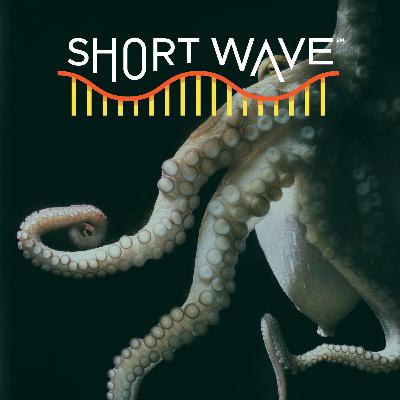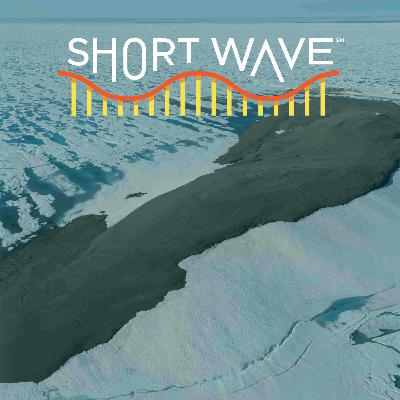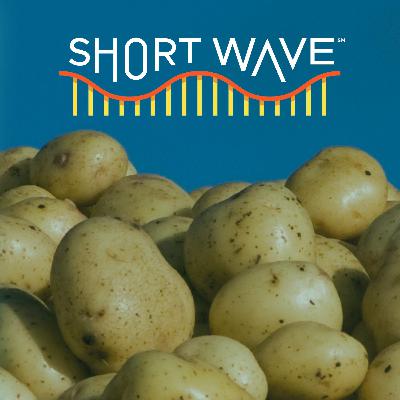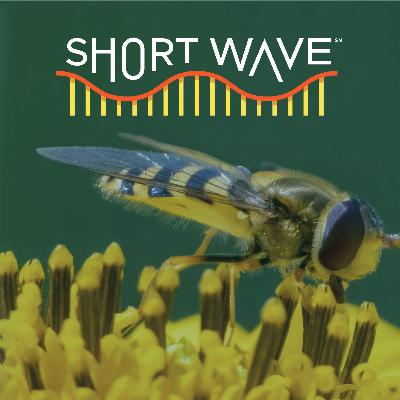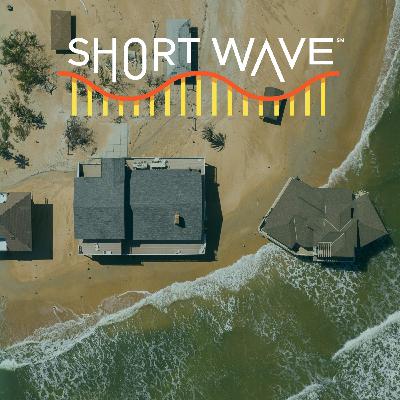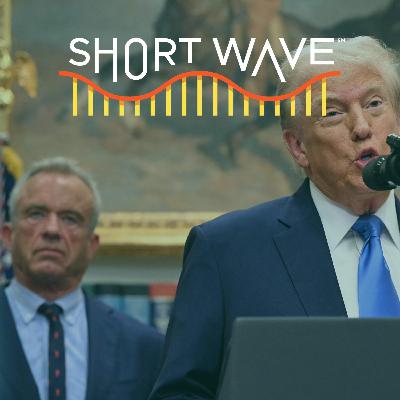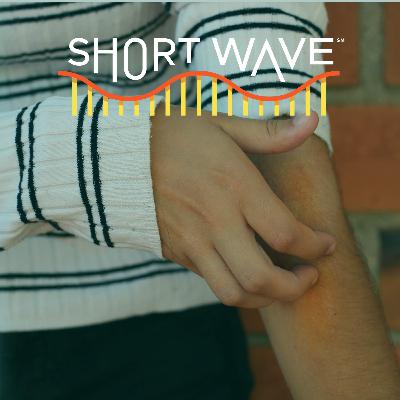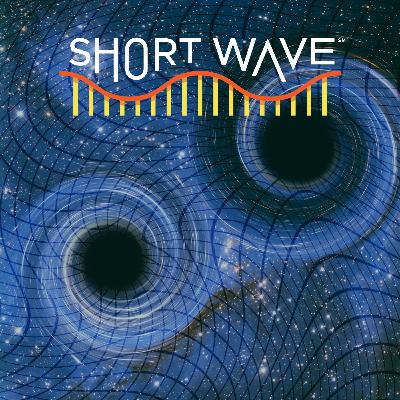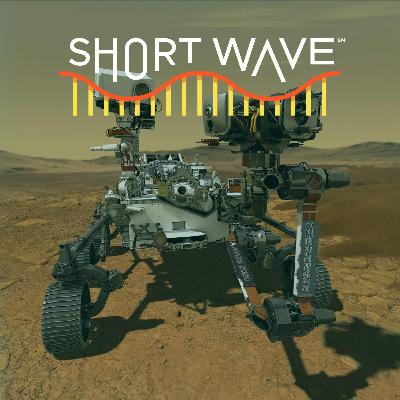Untangling The Science of Octopus Arms
Update: 2025-09-19
Description
Octopuses and their arms are a bit of a mystery. Not because scientists don’t know how they work; they’re boneless hydrostats, made up of groups of muscles working together and capable of bending, twisting, elongating or shortening — like a frog’s tongue, or an elephant’s trunk. But because scientists are still figuring out how most octopuses use those arms in the wild.
Scientists at the Marine Biological Laboratory in Woods Hole and the marine lab at Florida Atlantic University wanted to answer that question. By analyzing videos taken in the wild, they found that octopuses seemed to prefer doing certain tasks with certain arms… and that the majority of the time, they used their front arms to explore and their back arms to get around. Researchers on the project hope that furthering our understanding of octopus behavior and movement will be useful for developing things like soft robotics.
Interested in more science discoveries? Email us your question at shortwave@npr.org.
Listen to every episode of Short Wave sponsor-free and support our work at NPR by signing up for Short Wave+ at plus.npr.org/shortwave.
Learn more about sponsor message choices: podcastchoices.com/adchoices
NPR Privacy Policy
Scientists at the Marine Biological Laboratory in Woods Hole and the marine lab at Florida Atlantic University wanted to answer that question. By analyzing videos taken in the wild, they found that octopuses seemed to prefer doing certain tasks with certain arms… and that the majority of the time, they used their front arms to explore and their back arms to get around. Researchers on the project hope that furthering our understanding of octopus behavior and movement will be useful for developing things like soft robotics.
Interested in more science discoveries? Email us your question at shortwave@npr.org.
Listen to every episode of Short Wave sponsor-free and support our work at NPR by signing up for Short Wave+ at plus.npr.org/shortwave.
Learn more about sponsor message choices: podcastchoices.com/adchoices
NPR Privacy Policy
Comments
In Channel

